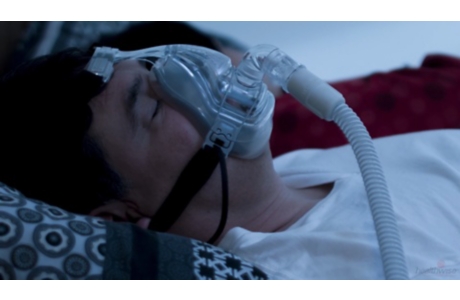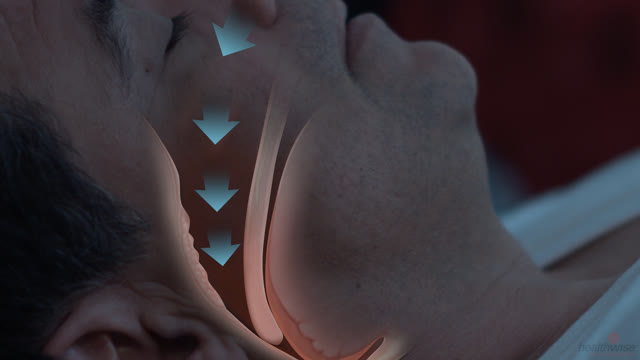Oral Breathing Devices for Sleep Apnea and Snoring
Several oral devices have been tested to help treat people with sleep apnea or snoring.
A device called a mandibular advancement device pushes the lower jaw forward, improving airflow. Changing the position of the lower jaw enlarges the airway and decreases the chance that it will collapse when you inhale.
Another type of oral breathing device uses suction to pull the tongue forward. This is called a tongue retaining device.
Oral breathing devices may reduce snoring or sleep apnea.
Possible problems with devices that fit inside the mouth may include:
- Buildup of saliva in the mouth, requiring frequent swallowing.
- Discomfort, especially in the morning. Because the devices can be uncomfortable, people tend not to use them over the long term.
- Damage to teeth, soft tissues in the mouth, and the jaw joints. A dentist or orthodontist needs to fit the device to prevent these problems.
Excess saliva in your mouth and mild discomfort should become less bothersome with regular use.
Credits
Current as of: July 31, 2024
Current as of: July 31, 2024







